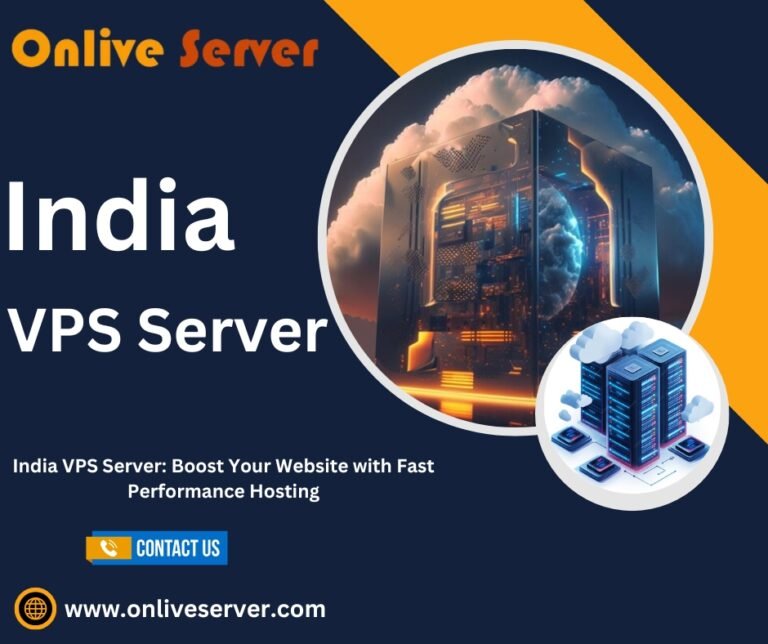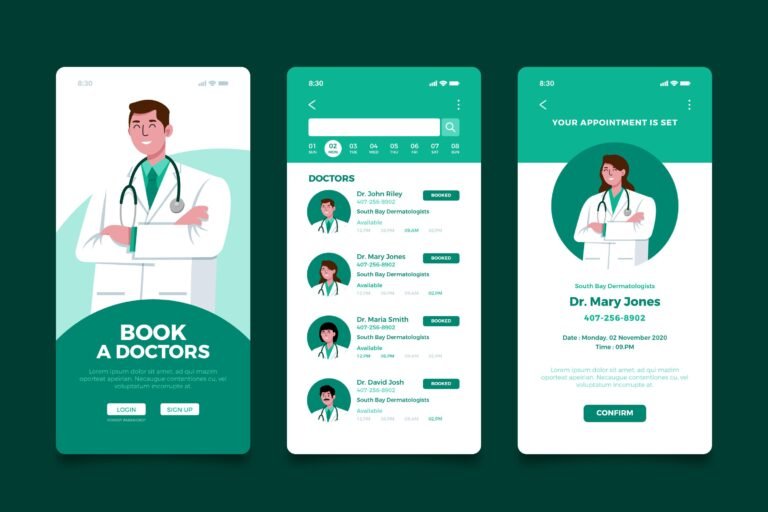Leverage Video Content for Powerful Business Growth
In today’s digital landscape, video content has emerged as one of the most powerful tools for business growth. Whether it’s through engaging social media posts, informative tutorials, or captivating advertisements, businesses of all sizes are using video to connect with their audience, increase brand awareness, and drive sales. This article will explore how you can leverage video content to boost your business and provide actionable strategies to make the most of this growing medium.
The Power of Video Content in Business
Video content is no longer just a marketing trend—it’s a must-have for any business aiming to grow in the digital space. Statistics reveal that consumers are more likely to engage with video content than any other form of media. According to Wyzowl’s Video Marketing Statistics 2023, 91% of businesses use video as a marketing tool, and 96% of people have watched an explainer video to learn more about a product or service.
Here are a few key reasons why video content is so powerful for business growth:
1. Increased Engagement
Videos are more engaging than text or images alone. With the rise of short-form content platforms like TikTok and Instagram Reels, users are accustomed to consuming quick, engaging video snippets. These platforms prioritize video content in their algorithms, helping businesses reach more users organically.
2. Boosted Conversion Rates
Well-crafted videos can drive conversions. Product demos, customer testimonials, and explainer videos are great tools for showing potential customers how your product or service works. In fact, 74% of users who watched an explainer video ended up buying the product, according to a recent survey.
3. Improved SEO
Search engines love video content. Embedding videos on your website can improve your SEO, increasing your visibility on Google search results. Videos keep users on your site longer, which is a positive signal to search engines and can help improve your ranking.
4. Stronger Emotional Connection
Videos allow businesses to create a more personal and emotional connection with their audience. Whether through storytelling, humor, or real customer stories, video gives you the chance to connect with your audience on a deeper level.
Types of Video Content to Consider
There’s no one-size-fits-all approach to creating video content for your business. The type of video you create should depend on your industry, audience, and marketing goals. Here are a few different types of videos you can use to drive business growth:
1. Explainer Videos
These videos break down complex products or services and explain how they work in a simple, easy-to-understand way. Explainer videos are ideal for SaaS companies, tech businesses, or any industry with products that require a bit of explanation.
2. Product Demos
Product demonstration videos allow you to show off the features and benefits of your product. These videos work particularly well for eCommerce and businesses selling physical products.
3. Behind-the-Scenes Videos
Showcasing the people and processes behind your business can build trust with your audience. Behind-the-scenes videos are a great way to humanize your brand and give your customers a look at the real people behind the product.
4. Customer Testimonials
One of the most powerful ways to build trust is by showing real customers talking about their positive experiences with your business. Customer testimonial videos provide social proof, which is a critical factor in driving new sales.
5. How-To Videos
Educational content is an excellent way to provide value to your audience while showcasing your expertise. How-to videos give viewers actionable steps to solve a problem, making your business a valuable resource in their eyes.
Creating Effective Video Content
It’s not enough to simply create videos—you need to create effective video content that resonates with your target audience and achieves your business goals. Here are some tips to ensure your videos are as impactful as possible:
1. Define Your Audience
Before you start creating any video content, it’s important to clearly define your target audience. Understanding your audience’s pain points, interests, and preferences will help you craft content that speaks directly to them.
2. Keep it Short and Engaging
While longer videos have their place, the average attention span of today’s consumer is shorter than ever. Try to keep your videos short, punchy, and to the point, especially for platforms like Instagram or Facebook where users are quickly scrolling through their feeds.
3. Tell a Story
People are naturally drawn to stories, so try to incorporate storytelling into your videos. Whether you’re sharing a customer’s success story or the history of your business, a good story can keep viewers engaged from start to finish.
4. Include a Clear Call-to-Action (CTA)
Every video should have a clear goal, whether it’s to drive sales, signups, or website visits. Make sure to include a strong call-to-action that encourages viewers to take the next step.
5. Optimize for Mobile
With the majority of video content being consumed on mobile devices, it’s crucial that your videos are optimized for mobile viewing. Ensure that your video looks good on smaller screens and that it loads quickly.
Tools to Help You Create Video Content
You don’t need to be a professional filmmaker to create high-quality videos for your business. There are several free and affordable tools available that make video creation accessible to businesses of all sizes.
For those looking for a way to storyboard their video ideas and organize them effectively, there are various tools available. Top free storyboard creator tools for students in 2024 provide user-friendly interfaces and features that help even beginners to plan and structure their video projects.
These tools are particularly beneficial for creating complex video projects where you need to visualize the flow of the narrative before production. Using such tools helps ensure that your videos are well-organized and deliver your message effectively.
Distributing Your Video Content
Once you’ve created your video content, it’s time to distribute it effectively to reach your target audience. There are several platforms where you can share your videos:
1. Social Media
Platforms like Instagram, TikTok, Facebook, and YouTube are ideal for sharing video content. These platforms encourage engagement, and their algorithms often prioritize video content, meaning your videos have a higher chance of being seen by your target audience.
2. Email Marketing
Including video in your email marketing campaigns can increase click-through rates. Whether it’s a product demo, a testimonial, or a behind-the-scenes look, videos can help you connect with your email subscribers on a deeper level.
3. Website and Landing Pages
Embedding video on your website or landing pages can improve user experience and increase the time visitors spend on your site. Use videos to explain your products, share customer testimonials, or give a virtual tour of your business.
4. Paid Advertising
Video ads are an effective way to reach new customers. Platforms like YouTube, Facebook, and Instagram offer paid video advertising options that allow you to target specific demographics and interests.
Measuring the Success of Your Video Content
To truly leverage video content for business growth, it’s important to track its performance. Here are some metrics to monitor:
- View Count: The number of people who have watched your video.
- Engagement: This includes likes, shares, comments, and the amount of time people spent watching your video.
- Conversion Rate: The percentage of viewers who took the desired action after watching your video, such as purchasing a product or signing up for a newsletter.
By keeping an eye on these metrics, you can determine which types of video content are resonating with your audience and adjust your strategy accordingly.
Conclusion
Video content is a powerful tool that can significantly contribute to business growth. Whether you’re creating product demos, how-to videos, or behind-the-scenes footage, there are endless ways to engage with your audience and boost conversions. By using the right tools and strategies, such as Top free storyboard creator tools for students in 2024, you can streamline your video production process and deliver high-quality content that resonates with your audience.
As video continues to dominate the digital landscape, businesses that embrace this medium will find themselves in a strong position to grow and thrive.






